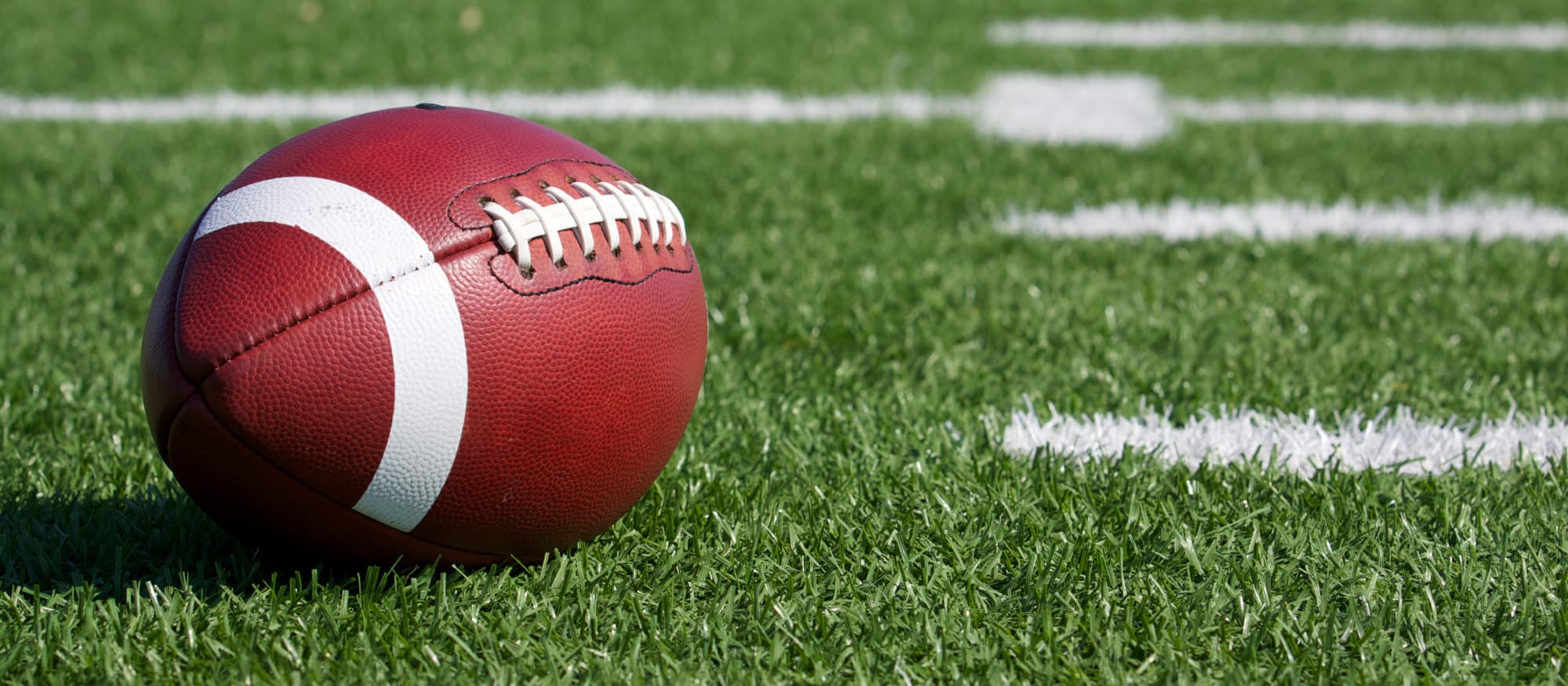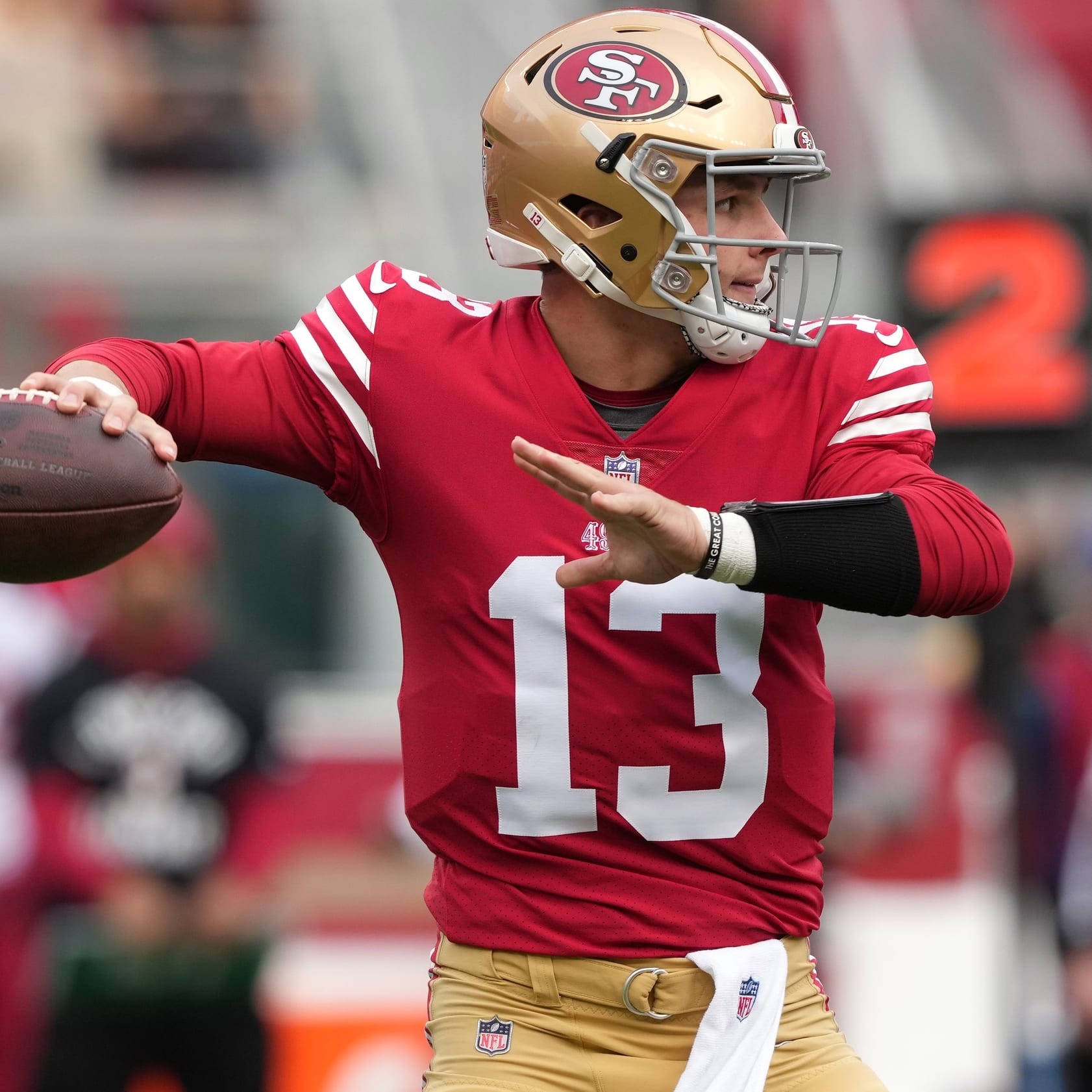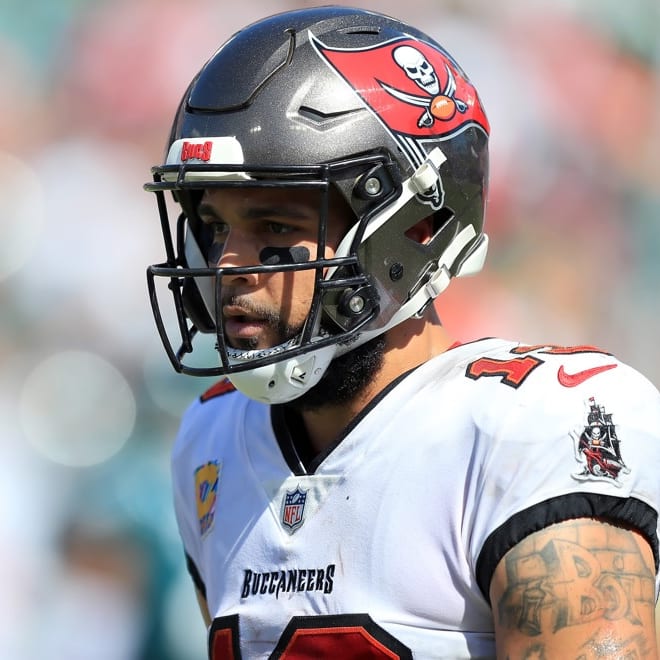This article is part of our Injury Analysis series.
The Browns signed RG3 to a two-year deal this offseason fully aware of the associated injury risk that the former Heisman winner carries. Griffin earned the starting quarterback job with a healthy camp and had his eyes set on a bounce-back season. Unfortunately, an injury has once again forced Griffin to the sidelines for what will be a significant time.
In the fourth quarter of Cleveland's loss to the Eagles, Griffin was forced to the ground, landing on his left shoulder. The impact left him with a sprained acromioclavicular (AC) joint and a fractured shoulder blade. The shoulder blade, clinically known as the scapula, is a flat, triangular shaped bone. It's involved in multiple articulations at the shoulder, connecting to the upper arm and clavicle (collarbone) at various points. The collarbone connects at the acromion of the scapula, forming the AC joint. Multiple ligaments in the area stabilize the joint and help create the strut-like joint. A second tiny hook-like process known as the coracoid aids the acromion in shoulder stabilization while acting as a major attachment site for ligaments and muscles. The coracoid is the part of the scapula that Griffin fractured during Week 1.
Coracoid fractures are relatively rare in the NFL, though running back Ryan Williams did break his coracoid during the 2012 season. Williams was forced to undergo surgery to repair his fracture, a treatment option it appears Griffin is fortunate enough to avoid. However, RG3 will still need ample time to let the
The Browns signed RG3 to a two-year deal this offseason fully aware of the associated injury risk that the former Heisman winner carries. Griffin earned the starting quarterback job with a healthy camp and had his eyes set on a bounce-back season. Unfortunately, an injury has once again forced Griffin to the sidelines for what will be a significant time.
In the fourth quarter of Cleveland's loss to the Eagles, Griffin was forced to the ground, landing on his left shoulder. The impact left him with a sprained acromioclavicular (AC) joint and a fractured shoulder blade. The shoulder blade, clinically known as the scapula, is a flat, triangular shaped bone. It's involved in multiple articulations at the shoulder, connecting to the upper arm and clavicle (collarbone) at various points. The collarbone connects at the acromion of the scapula, forming the AC joint. Multiple ligaments in the area stabilize the joint and help create the strut-like joint. A second tiny hook-like process known as the coracoid aids the acromion in shoulder stabilization while acting as a major attachment site for ligaments and muscles. The coracoid is the part of the scapula that Griffin fractured during Week 1.
Coracoid fractures are relatively rare in the NFL, though running back Ryan Williams did break his coracoid during the 2012 season. Williams was forced to undergo surgery to repair his fracture, a treatment option it appears Griffin is fortunate enough to avoid. However, RG3 will still need ample time to let the bone heal, primarily because of its close proximity to major neurovascular structures in the area. Fortunately, the injury is to his non-throwing shoulder, which could allow for a somewhat quicker return as he'll be able to maintain strength and range of motion in the opposite arm.
The Browns have placed him on the injured reserve with a designation for return. The decision means he'll miss at least the next eight games, though he can resume practicing after six weeks. Josh McCown will take over as the starting quarterback for Cleveland with rookie Cody Kessler assuming the primary backup role. McCown has had some recent success against Baltimore, Cleveland's Week 2 opponent, though his overall value is limited.
New England downplayed Gronk's injury for weeks before revealing the injury was a hamstring strain that would keep him out of Week 1. Hamstring strains are notoriously fickle injuries that are easily aggravated or re-injured. This often occurs because the injured athlete will begin to feel better even though the newly formed scar tissue doesn't possess the same biomechanical properties of healthy muscle tissue. As a result, the still-healing area is often pushed past its reduced yield point, which restarts the entire healing process.
The Patriots medical staff is fully aware of this possibility and appears to be taking a conservative approach in treatment. The decision to play the long game may be frustrating for fantasy owners who invested a top pick in Gronkowski, but ensuring he is 100 percent healthy will prove valuable down the stretch. Look for New England to remain tight-lipped regarding his overall status and don't be surprised if sits again against Miami. The addition of Martellus Bennett likely helps buy the team some time, though Bennett was more productive blocking than he was receiving in the team's Week 1 win over Arizona. However, Bennett remains a suitable option until Gronk returns.
Turf Burns
Keenan Allen: Allen's season is over for the second straight season because of injury. One year after missing time with a lacerated kidney, Allen will head to the IR with a torn anterior cruciate ligament (ACL) in his knee. The timing of the injury is devastating for this season but should allow Allen to return for the 2017 season.
DeVante Parker: Parker didn't play in Week 1 due to a nagging hamstring strain. The Dolphins appear to be approaching the situation similarly to how the Patriots are managing Gronkowski, by focusing on Parker's long-term availability rather than a rushed recovery. Parker is optimistic about a Week 2 return, but fantasy owners should make sure a suitable alternative is available in case he misses more time.
Demaryius Thomas: The Broncos' wide receiver is limited by an undisclosed hip injury. The issue kept Thomas out of practice Monday, though the team anticipates he'll be back Wednesday. He underwent an MRI on the area and was actively seeking a second opinion on the results. It's hard to estimate how the injury will limit Thomas in the weeks ahead without a definitive diagnosis. However, fantasy owners shouldn't expect this problem to magically resolve itself in a week, whether it's something simple like a strain or something more complex like a labrum issue. As a result, Thomas's projected stats should be appropriately adjusted.
Sammy Watkins: The Buffalo wideout sat out Monday's practice with discomfort in his surgically repaired foot. Watkins needed offseason surgery to address a fractured fifth metatarsal but made it back in time for Sunday's opener. However, the failure rate for this type of surgery is higher than most other procedures, and it's not uncommon for a second surgery to be performed. This is precisely why I cautioned about drafting Watkins and will continue to rate him as risky play. He seems determined to play in Week 2 against the Jets, though the short week is working against him.
Russell Wilson: Wilson suffered an ankle injury Sunday after being stepped on by Miami defensive lineman Ndamukong Suh. There have been conflicting reports on the severity of the injury, though it is being called a sprain. The Seahawks don't appear overly concerned about Wilson's availability for Week 2. However, keep a close eye on Wilson's level of participation in practice this week as well as any roster moves the team makes. Rookie Trevone Boykin is the only other quarterback on the Seattle roster, and the addition of another signal caller could provide a hint to Wilson's overall health.










